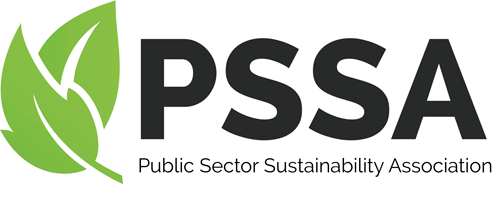Promoting Sustainability by Cutting Paper

Written by: George Haddaway, Sales Director at M-Files
The rapid digitisation of the working world has been further accelerated by the Covid pandemic. Snazzy corporate offices were replaced by makeshift studies, while human interaction went virtual as video conferencing and instant messaging became the norm. The office supply cupboard– once ransacked and barren– suddenly stood dusty and untouched, pens and notepads stacked to the brim. In fact, many workers are still yet to return to the office, so you would be forgiven for thinking that reducing wastepaper in the virtual era wouldn’t be a top priority for businesses.
However, despite the current focus on electronic communication and operation, office workers still use 10,000 pieces of paper on average per year, with businesses spending over $120 billion annually on printed documents. And much of this paper usage is deeply inefficient; for example, roughly 45% of paper documents end up in the bin the very same day they are printed. If organisations are going to truly commit to a greener future, they must eliminate these unsustainable practices and find ways to be more economical with their use of resources.
A solution to the issue of unnecessary waste is to digitise all processes that are reliant on trails of physical documents. Information management systems offer software that will store a company’s documents in one place, with all employees having access to the latest version. Any printed files can be scanned onto these systems, ensuring that important historical records are kept securely. Not only will this improve the sustainability of paper-centric businesses, but it will also boost efficiency, with hours lost from sifting through filing cabinets and piles of documents put towards tasks which will yield productive results.
Green as a Social Currency
As well as streamlining the running of businesses, document management solutions help build an organisation’s image as environmentally conscious. By finding solutions to reduce unsustainable practices, businesses show they care about the future of the planet and have a strong set of values.
For modern businesses to thrive, they must implement plans to improve sustainability. A recent study has revealed that 85% of millennials and 79% of Gen X consider it important that companies are enforcing programs to better the environment.
With sustainability a top priority among most consumers, the success of businesses depends on whether they are considered environmentally conscious. Customers will opt out of purchasing from companies they deem to endanger the planet, meaning that neglecting sustainable practices can have serious repercussions for profit margins. Recruitment will also be hampered, as top prospects will be unwilling to work at organisations showing no involvement in environmental initiatives.
This highlights the value of going paperless, as it is tangible evidence of an action a business has taken to go green. A modern, efficient, and environmentally conscious method of working will appeal to prospective employees, while enhancing the company’s reputation as sustainable.
Ditching Paper to Boost Efficiency
The benefits of transitioning from hard copies to the cloud are not limited to sustainability. Businesses that favour a paper-centric style of working are inherently inefficient, as filing and storing physical documents requires a lot of time and a great deal of precision.
Therefore, moving information online will drastically improve efficiency, lowering costs and freeing up employees to work on projects that can make a genuine difference to their company’s performance.
Overall, updating the way your business operates by digitising document management processes will yield positive results in numerous areas. Waste will be reduced, enhancing corporate reputations as eco-friendly and sustainable. Day-to-day operations will also be more streamlined and cost-effective, leaving few reasons to persevere with outdated and problematic means of storing information.





